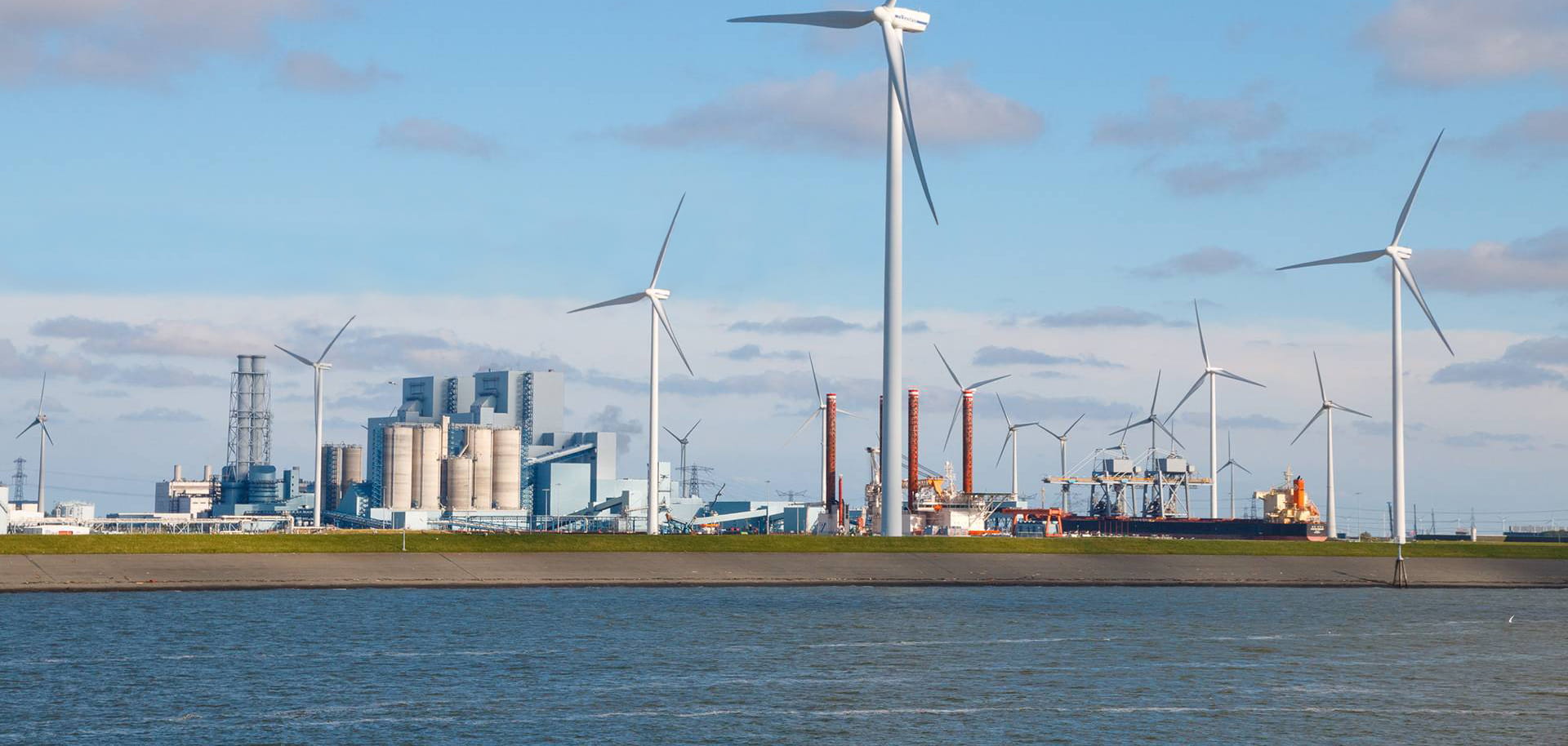World Maritime Day 2022 – the need for greener shipping and the effects on ports

Key take-aways
Learn how to start making your port greener
Discover areas where prevention is better than the cure
Look ahead to another year of championing green ports
Decarbonisation on the global agenda
Last autumn shone a spotlight on sustainability in the maritime industry with the GreenPorts Congress in October, and COP26 and the 77th Marine Environment Protection Committee meeting in November.These events showed a strong willingness to put decarbonisation and the mission to achieve net zero by 2050 at the top of the agenda. However there was less of a drive to introduce regulation and legislation –putting the responsibility on the private sector.
One clear positive to come out of COP26 was the financial benefit decarbonisation will deliver –placing a monetary value on carbon reduction and creating a strong incentive for upgrading ports to make them greener. And ports all over the world are ready to commit.
Put sustainability plans into practice
In winter, we shared five focus areas that are key to creating greener and smarter ports – after translating our global experience in to local solutions that combine Vietnam’s Ministry of Transport’s 2021 seaport master plan with an ambitious green ports pathway.
Knowing you have to change the way a port operates to keep it sustainable and viable for the future is one thing, but knowing where to start is another. Taking smaller steps makes the transition more manageable. So we highlighted five great starting points:
- Integrate your supply chain – Minimise the administrative burden on port customers and improve efficiency, congestion, payment speed, transparency and cash flow.
- Implement automation piece by piece – Start small as you introduce automation; for example, with online digital services for payments or tools to reduce manual data input.
- Harness technology – Use 5G, artificial intelligence, and machine learning to support decision making and optimise maintenance, safety management and equipment use.
- Transition to renewable energy–Assess your current emissions to develop a plan for net zero that suits your port, and use electrification, alternative fuels, and renewable energy generation to achieve it.
- Adapt to climate change – Undertake climate risk and vulnerability assessments to put preventative measures in place, because even if we cut carbon emissions now, the threat to ports from climate hazards will increase.
Prepare for tomorrow, today
In spring, we argued that there’s a positive business case for using pre-emptive treatment to combat CO2 emissions. Production, transportation of raw materials, and port construction all come with a substantial CO2 burden. Reducing those emissions can both benefit the environment and reduce your costs.
At Royal HaskoningDHV, we don’t think CO2 calculations should be viewed as an extra. By integrating them –and green and smart ports solutions –into the design and build process for maritime infrastructure, you can get financial and environmental benefits.
And because maritime structures have such a long lifecycle, acting early to address the CO2 impact of a project can have a far greater long term effect. By pursuing the best available methods in carbon reduction now, you’ll minimise risk of falling foul of legislation changes in future.
Expertise to make ports greener
This summer, our smart ports team shared their expertise at TOC Europe. They talked about how electrification, alternative fuels and technology can be used to reduce emissions and make ports and terminals more sustainable, efficient, and resilient.
Solving our clients’ sustainability challenges is a key priority for us. As Mark Wootton, Director for Terminal Automation, puts it: “We are proud to showcase our innovative solutions which are making ports and terminals smarter and greener all around the world.”
Looking forward to next year
This year’s theme for World Maritime Day is “New technologies for greener shipping”. We’re excited to expand on all the work we’re already doing, and share more of our experience and knowledge of building sustainability into the core of maritime infrastructure design.
If you feel inspired to make your port greener, and get ahead of evolving environmental regulations to save yourself time and money in the long term, we have a whole host of resources to help you.

We are proud to showcase our innovative solutions which are making ports and terminals smarter and greener all around the world.